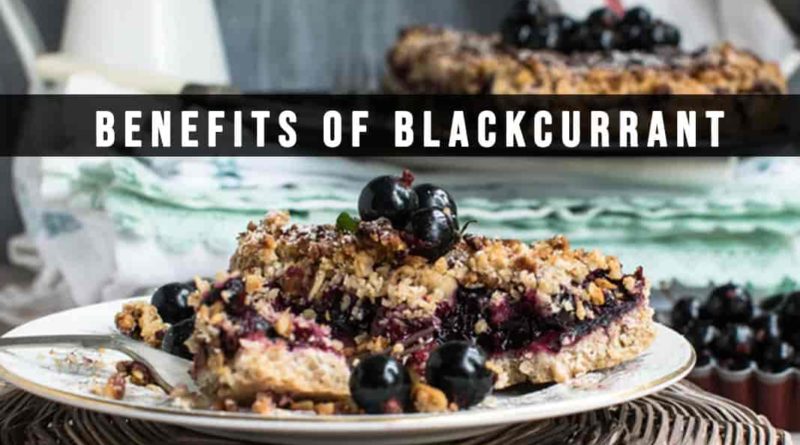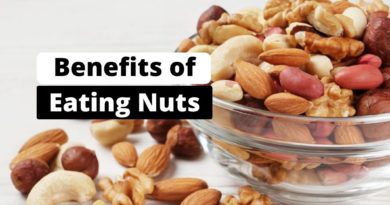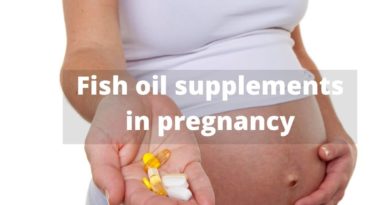Benefits of Blackcurrant
Blackcurrant belongs to the family Grossulariaceae family
Blackcurrant also have other names
Ribes nigrum, Black currant, Seedless raisin, Currant, Black, Casis, Grosella Nero, Grosellero negro, Cassis, Cassissier, Groseillier noir, Chernaya smorodina, Groselheira-Negra, Mustaherukka, Schwarze Johannisbeere, Ribes Nero, Zwarte aalbes, Czarna Porreca, Svarta vintage
Mostly used part’s in blackcurrant are Fruits, Seed oil, Leaves, Flowers
Blackcurrant is a medium-sized shrub, it grows up to 1.5×1.5 m. The leaves are simple, and alternate, 3 to 5 cm broad and long with 5 palmate lobes and with a serrated margin. All parts of the Blackcurrant plant are strongly aromatic.
The flowers are produced in racemes, also known as “strigs”. It grows up to 8 cm long containing 10 to 20 flowers, each flower is about 8 mm in diameter. Each flower has a hairy calyx with yellow glands, the 5 lobes of which are longer than the inconspicuous petals. There are 5 stamens surrounding the stigma and style and 2 fused carpels.
The flowers will open in succession from the base of the strig and are they are mostly insect pollinated, but some of the pollen is distributed by the wind. The pollen grain landing on the stigma will germinate and send a slender pollen tube down the style to the ovule.
But it takes about 48 hours in warm weather and it takes a week in cold weather, and by that time, the ovule may have to pass the stage where it is receptive. If fertilized ovules are about 35, the fruit may not be able to develop and will fall prematurely. Frost can damage both unopened and the open flowers when the temperature falls below −1.9 °C. The flowers at the base of the strig are strongly protected by the foliage and are less likely to be damaged.
Table of Contents
Nutrition value per 100 g:
| Energy |
63 kcal (3% RDA)
|
| Carbohydrates |
15.4 g (12% RDA)
|
| Sugars | 0.4 g |
| Fat | 0.4 g (2% RDA) |
| Protein |
1.4 g (2.5% RDA)
|
| Thiamine |
B1 0.05 mg (4% RDA)
|
| Riboflavin |
B2 0.05 mg (4% RDA)
|
| Niacin B3 |
0.3 mg (2% RDA)
|
| Vitamin | B6 0.066 mg |
| Vitamin C | 181 mg |
| Vitamin E | 1 mg |
| Calcium |
55 mg (5.5% RDA)
|
| Iron |
1.54 mg (19.5% RDA)
|
| Magnesium | 24 mg (6% RDA) |
| Manganese |
0.256 mg (11% RDA)
|
| Phosphorus |
59 mg (8.5% RDA)
|
| Potassium |
322 mg (7% RDA)
|
| Sodium | 2 mg |
| Zinc |
0.27 mg (2% RDA)
|
| Water | 82 g |
Black Currant Benefits
1- Anti-Inflammatory Properties:
Blackcurrants contain anthocyanins that suppress the activation of pro-inflammatory components in the immune system. Mostly It targets specialized cells like macrophages by prevents several inflammatory disorders from worsening.
Consuming foods rich in anti-inflammatory compounds in diet can reduce or prevent the severity of liver, heart, and kidney-related diseases, induce arthritis, urinary tract infections (UTIs), neurodegenerative disorders (Alzheimer’s disease, dementia).
2- Supports Digestion:
Blackcurrants are abundant in flavonoids, cause smooth muscle relaxation. Blackcurrant extracts could relax contractions in the gastrointestinal tract as Quercetin, myricetin, and other flavonoids inhibit spasms in the stomach and intestines.
3- Boosts Kidney Health:
Antioxidant and anti-inflammatory effects of Blackcurrants prevent chronic kidney disorders by protecting the excretory system from inflammation and infections. The extracts also inhibit the formation of kidney stones. Blackcurrant juice or tea makes urine more alkaline (increases its pH). It also promotes the excretion of excess citric acid and oxalic acid from the body. These two acids can react to form kidney stones when left to pile up.
4- Regulates Cholesterol Levels:
High levels of LDL (bad) cholesterol elevate the risk of cardiovascular, liver, and other metabolic disorders. Diets rich in anthocyanins cause a decrease in total cholesterol and LDL levels. They also increase serum HDL (good) cholesterol levels.
Blackcurrant juices are abundant in antioxidants which prevent the oxidation of lipids in the body. It can prevent or delay the onset of obesity and chronic conditions, atherosclerosis and Alzheimer’s.
5- Manages Diabetes:
Blackcurrant has anthocyanins like cyanidin 3-rutinoside, delphinidin 3-glucoside, and peonidin 3-rutinoside. When consumed in fair amounts, these phytochemicals improve insulin sensitivity, mainly with type 2 diabetes. Carbohydrate-metabolizing enzymes (α-Glucosidase and pancreatic α-amylase) are the targets of anthocyanins. They block the activity of these enzymes and the rapid breakdown of carbohydrates is slowed down preventing sudden spikes in blood glucose levels.
6- Eye Health:
Blackcurrant anthocyanins improve the functions of eyes/vision by increasing the blood flow in the optical nerves and eyes. Regular consumption of such foods and supplements may decelerate the loss of vision or related symptoms in patients with glaucoma.
Anthocyanins may have positive effects on chronic eye ailments, including diabetic retinopathy, retinal vein occlusion, and retinal artery occlusion. When taken orally these active molecules are absorbed and transferred beyond the blood-retina barrier.
They reach various parts of the ocular tissues and preserve their function. Thus, Blackcurrants or their extracts can slow down the effects of aging and disease on the eyes.
7- Brain Health:
Blackcurrant extract inhibits lipid peroxidation in the body which is most beneficial in protecting the central nervous system. In the absence of this effect, free radicals accumulate in the system.
Free radicals are known to trigger neurodegenerative diseases, including Huntington’s, Alzheimer’s, and Parkinson’s diseases. Accumulation of free radicals may leads to inflammation of the brain cells.
Blackcurrants reduce neuroinflammation because they contain anti-inflammatory molecules that improved memory, learning, and cognitive abilities.
8- Skin Care:
Specific polysaccharide in Blackcurrants that exerts anti-inflammatory effects such as dry skin, lesions, itching, redness, scabs, and atopic dermatitis. This molecule controls the production of inflammatory compounds by the immune system. Blackcurrant seeds contain good amounts of fatty acids, linolenic acid. Their oil suppresses the inflammation mediators in skin. Blackcurrants and the seed oil can nourish and nurse skin to health without any side effects.
9- Antimicrobial Properties:
Leaf extracts of Blackcurrant prevent the entry and internalization of viruses at the molecular or genetic level. The essential oil of these leaves has antibacterial and antifungal properties. Active compounds such as caryophyllene, sabinene, terpinolene, and ocimene were identified in this oil.
Escherichia coli, Streptococcus faecalis, Staphylococcus aureus, Candida albicans, and Trichophyton mentagrophytes are a few microbes susceptible to Blackcurrant seed oil treatment.




